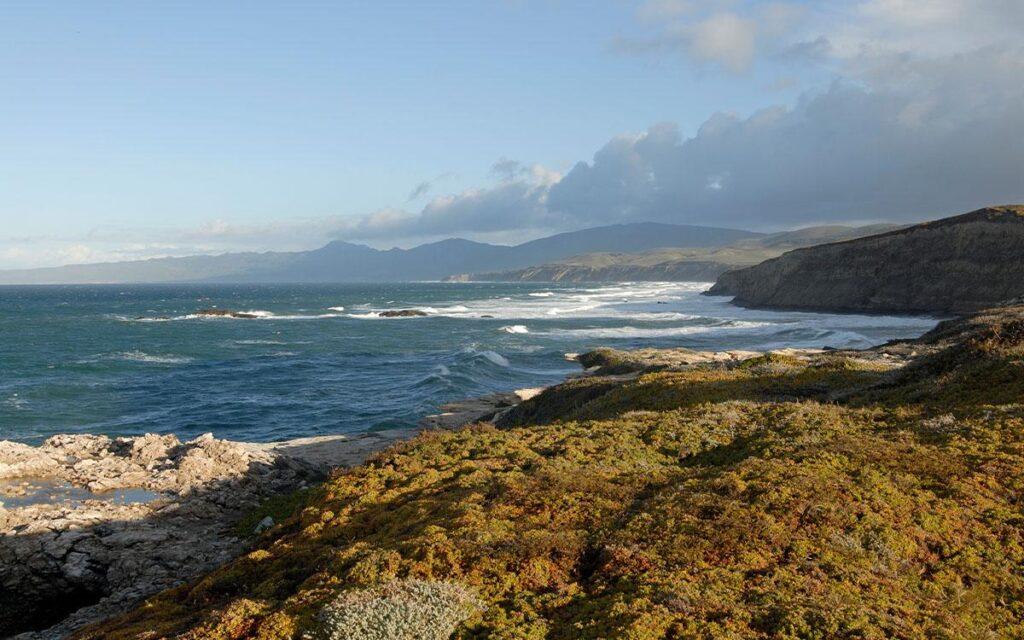The Chumash Heritage National Marine Sanctuary Honors Tribal Input and Advances Ocean Conservation

Northward view from Point Conception Lighthouse. | Photo by Robert Schwemmer/NOAA
The Biden–Harris administration has finalized a management plan for the Chumash Heritage National Marine Sanctuary, the first Indigenous-nominated marine sanctuary in the U.S. The official rule designating the sanctuary was published recently, cementing its status as the third-largest marine sanctuary in the country.
Covering 4,500 square miles, the sanctuary honors California tribes and protects marine biodiversity, including whale species, dolphins, sea otters, and seabirds, from oil and mining threats. The area remains open for fishing, recreation, tourism, and research. Conservation groups and the Northern Chumash Tribal Council, advocating for this protection for decades, praised the administration’s decision.
Violet Sage Walker, chairwoman of the Northern Chumash Tribal Council, expressed gratitude for the sanctuary’s establishment, stating, “We are almost there, and the significance of our collective effort will make history.” The National Oceanic and Atmospheric Administration (NOAA) will collaborate with Chumash Tribes to co-steward the sanctuary, integrating traditional ecological knowledge with federal efforts in daily management, outreach, and education.
The designation’s submission begins a 45-day review by Congress and the California governor. Finalization is expected by year-end, marking a significant conservation milestone for President Biden. Local advocates, including the Sierra Club’s Santa Lucia Chapter, commend this overdue protection of the Pacific Ocean.

Proposed Chumash Heritage Nature Marine Sanctuary, from Montaña de Oro State Park. | Photo by Robert Schwemmer/NOAA
The proposed sanctuary lies between two existing sanctuaries, Monterey Bay and Channel Islands. A large section was excluded to support California’s developing offshore wind industry, with potential for phased expansion by 2032. This is the first federal marine sanctuary since 1994, highlighting both ecological and historical preservation, including numerous shipwrecks.
Fred Collins, late chief of the Northern Chumash Tribal Council, initiated the sanctuary’s consideration in 2015. His daughter, Violet Sage Walker, continues his legacy, actively advocating for the designation. “This is a huge moment for the Chumash People,” she remarked in a NOAA press release.
Establishing the sanctuary supports President Biden’s America the Beautiful initiative, aiming to protect 30% of U.S. lands and waters by 2030. It also aligns with Secretarial Order 3403, promising federal collaboration with tribes on land and water stewardship.
Prominent California leaders, including Vice President Kamala Harris and Senators Alex Padilla and Salud Carbajal, have championed this designation. Senator Padilla stated, “This sanctuary designation marks a hard-fought victory for the Chumash people, our conservation priorities, and clean energy development.”
Original Story at www.sierraclub.org
